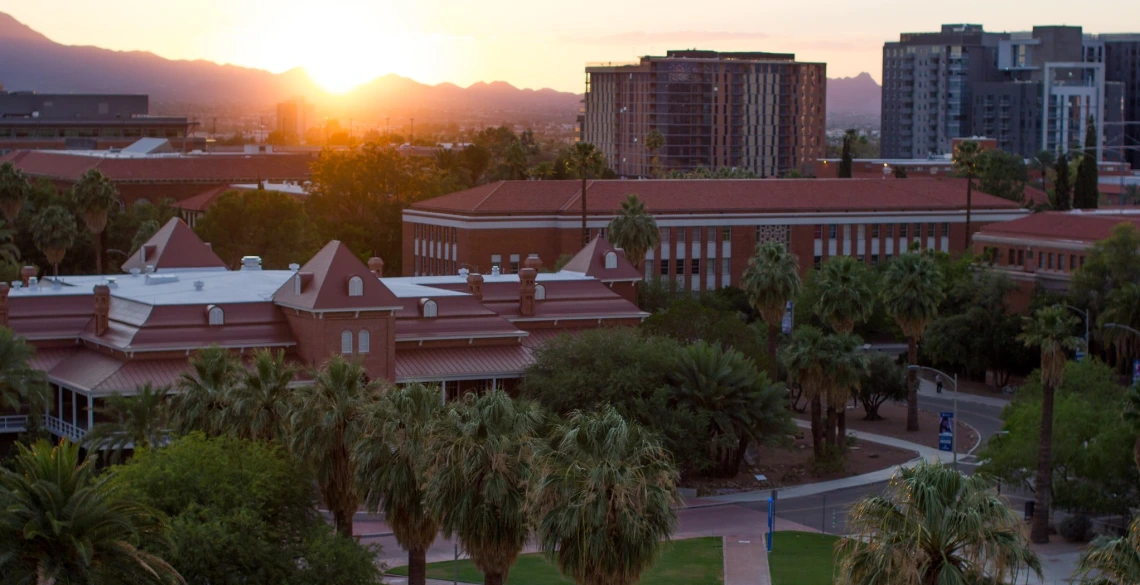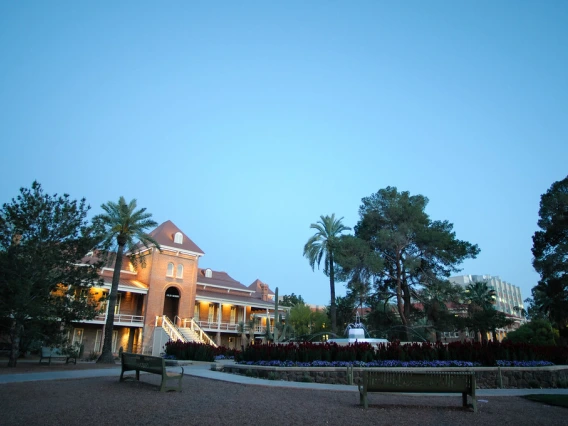Engineering Students Receive Funding for Real-World Solutions
The second round of the Tech Launch Arizona Student Innovation Challenge features engineering student projects to detect snakes and sustainably purify water.

No description provided
In its second Student Innovation Challenge, Tech Launch Arizona has awarded funding to five University of Arizona student teams -- including two teams with engineering students -- to develop inventions. The series of competitions are designed to engage students in innovation and commercialization, with the goal of students benefiting society by bringing their products to the public.
“We’re giving students the chance to see their innovative ideas become reality,” said Rakhi Gibbons, director of licensing for TLA. “But in a much bigger sense, we’re introducing them to the innovation and entrepreneurship ecosystem, and helping them see if their passions can have impact on the world."
These projects give students the chance to experience entrepreneurship in a safe way, and even see a future that they might not otherwise pursue due to a lack of resources and a structure to help them direct their energies.
All the Better to Sssssee You With
This past summer, Antonio Tavera-Reyes, triple-majoring in optical sciences and engineering, statistics and data science, and Spanish, had a harrowing yet common Sonoran Desert experience. He went outside to his recycling bin one night using his cell phone flashlight to see.
“When I was at my outdoor recycling bin, I started dumping the material inside,” he recalled. “A soda can fell out to the ground and as I reached to grab it, I noticed there was a Western Diamondback rattlesnake inches from my foot.”
As his heart rate returned to normal, he thought of several family members who work outdoors in landscaping. Doing a little more research, he then learned that while Latinos represent 13% of the total U.S. workforce, when it comes to the landscaping and lawn care industry, that ratio slithers up to 35% of workers. In addition, according to the Centers for Disease Control and Prevention, venomous snakes are a neglected hazard for outdoor workers.
Tavera-Reyes saw this as a problem and an opportunity.
“I had the idea to create a mobile application which could be used to monitor and detect in real time, the presence of snakes,” he wrote. “I began this idea with a preliminary project by modeling and then developing the software with machine learning using TensorFlow API, Google Colab notebooks, GDrive, a 500-image snake data set, and Python.”
He has already begun the work, and with this funding, he plans to create a fully working model of the mobile application.
“With the amazing opportunity that the TLA challenge provides in resources and support, my real-time snake detecting mobile application invention can now be a reality,” Tavera-Reyes said. “It would be so gratifying to be able to distribute this software to communities around the world that face struggles with venomous snakes, manufacturing antivenom, and sparse medical accessibility.”
Water and Power Where They're Needed Most
In places like the Navajo Nation in northern Arizona, access to clean water and electricity represent an ongoing community challenge for residents. This multidisciplinary team of graduate students proposed developing a household system that simultaneously produces renewable energy and purifies water, all leveraging sustainable, low-maintenance technologies.
The group included Abolhassan Mohammadi Fathabd, who is studying systems and industrial engineering; Christopher Yazzie, who is studying environmental engineering; and Georgina Torrandell Haro, who is working toward her graduate degree in medical pharmacology and studying at the Eller College of Management. Fathabd and Yazzie are trainees with the Indige-FEWSS program in the Institute for Energy Solutions, where they were introduced to similar projects.
For those families with poor access to such resources, a system like this could be invaluable.
In their proposal, the team suggested creating a unit that consists of a solar panel, a battery, a pump and a water nanofiltration membrane. Based on their calculations, they estimate that they can develop a system that produces and stores between 1 and 5 kilowatts and purifies between 25 and 150 gallons of water daily.
“The short-term hope is to improve the quality of life of thousands of households in Navajo Nation which do not have access to either clean water or electricity,” said Fathabd. “My long-term vision for our project is to produce units that can be installed in any remote location around the globe, and perhaps someday on a moon base.”


